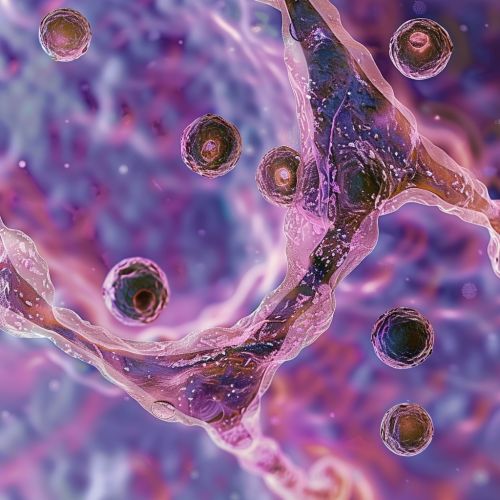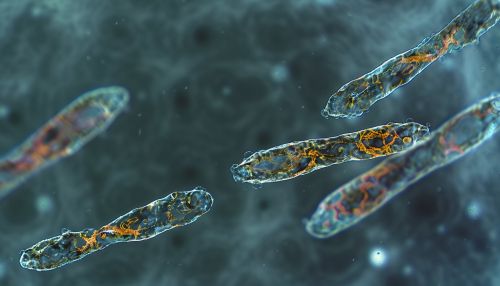Anaphase
Introduction
Anaphase is a critical stage in the process of cell division, specifically during mitosis and meiosis. It is the stage where the chromosomes separate and move towards opposite ends of the cell. This process is crucial for the successful division of the cell into two daughter cells, each containing an identical set of chromosomes.


Overview
Anaphase is the third phase of mitosis and meiosis, following prophase and metaphase, and preceding telophase. The primary function of anaphase is the separation of sister chromatids or homologous chromosomes, depending on whether the process is mitosis or meiosis.
Anaphase in Mitosis
In mitosis, anaphase begins when the sister chromatids, previously attached at the centromere, separate from each other. This separation is facilitated by the spindle apparatus, a structure composed of microtubules that extend from the poles of the cell to the centromeres of the chromosomes. The spindle fibers shorten, pulling the sister chromatids towards opposite poles of the cell.
Anaphase in Meiosis
Anaphase in meiosis occurs twice: once in Meiosis I and once in Meiosis II. In Meiosis I, the homologous chromosomes separate and move towards opposite poles of the cell. This is different from mitosis, where sister chromatids separate. In Meiosis II, similar to mitosis, the sister chromatids separate and move towards opposite poles.
Molecular Mechanisms
The onset of anaphase is triggered by the activation of the Anaphase-Promoting Complex (APC). The APC is an E3 ubiquitin ligase that targets specific proteins for degradation, leading to the disassembly of the structures holding the sister chromatids together. This allows the spindle fibers to pull the chromatids apart.
Significance
The precise and orderly progression of anaphase is crucial for the proper distribution of genetic material to the daughter cells. Errors during anaphase can lead to aneuploidy, a condition where a cell has an abnormal number of chromosomes, which is associated with several diseases, including cancer.
